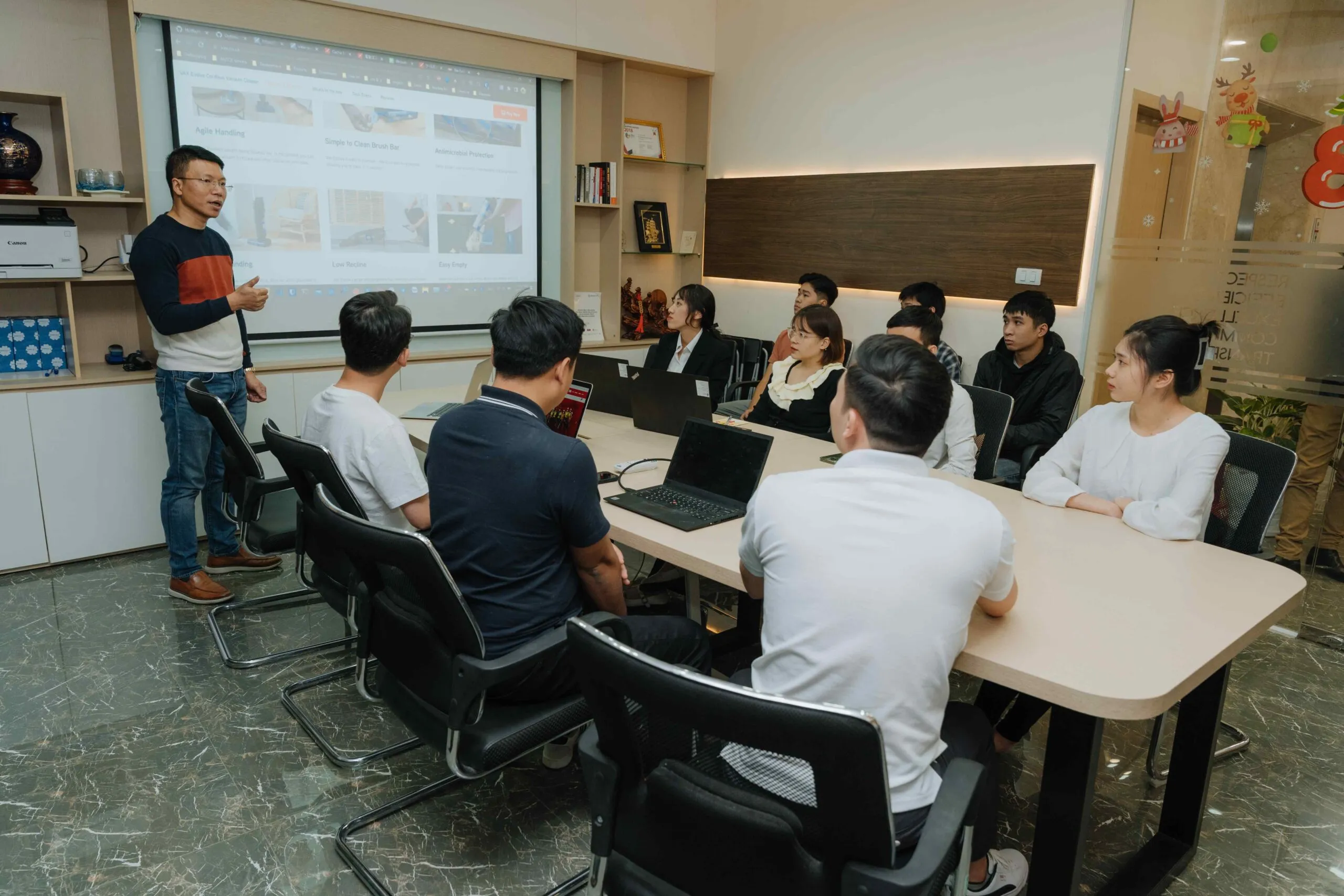As the world becomes increasingly mobile-dependent, search engines like Google have had to adapt to this shift in user behavior. One significant change that has impacted e-commerce websites is mobile-first indexing. In this blog post, we’ll delve into the concept of mobile-first indexing, its implications for e-commerce websites, and provide actionable tips to ensure your online store is optimized for this new reality.
Table of Contents
What is Mobile-First Indexing?
Mobile-first indexing is a change in how Google indexes and ranks websites. Traditionally, Google’s algorithms would crawl and index the desktop version of a website, using that as the primary source of information. However, with the majority of users now accessing the internet through mobile devices, Google has flipped this approach on its head.
In mobile-first indexing, Google’s algorithms primarily crawl and index the mobile version of a website. This means that the mobile version of your website is now the baseline for how Google understands your site’s structure, content, and relevance. This change has significant implications for e-commerce websites, which we’ll explore in more detail below.

Why is Mobile-First Indexing Important for E-commerce Websites?
E-commerce websites are particularly affected by mobile-first indexing because they rely heavily on search engine optimization (SEO) to drive traffic and sales. Here are a few reasons why mobile-first indexing is crucial for e-commerce websites:
- Most users are mobile-first: According to a report by Statista, in 2020, 63% of all e-commerce traffic came from mobile devices. This trend is only expected to continue, making it essential to optimize your website for mobile users.
- Improved user experience: Mobile-first indexing ensures that your website provides a seamless and user-friendly experience for mobile users. This, in turn, can lead to higher conversion rates, increased engagement, and better customer satisfaction.
- Better search engine rankings: Google’s algorithms favor websites that provide a good mobile experience. By optimizing your website for mobile-first indexing, you can improve your search engine rankings, driving more traffic and sales to your online store.

Challenges of Mobile-First Indexing for E-commerce Websites
While mobile-first indexing presents opportunities for e-commerce websites, it also comes with its own set of challenges. Here are a few common issues that e-commerce websites may face:
- Content parity: Ensuring that your mobile website has the same content, structure, and functionality as your desktop website can be a challenge. This is particularly true for e-commerce websites with complex product catalogs or custom features.
- Page speed and performance: Mobile devices have limited processing power and bandwidth, making page speed and performance critical for mobile users. E-commerce websites need to ensure that their mobile website loads quickly and efficiently.
- Responsive design: A responsive design that adapts to different screen sizes and devices is essential for mobile-first indexing. However, achieving a responsive design that meets Google’s guidelines can be a challenge, especially for websites with complex layouts or custom elements.

Actionable Tips for E-commerce Websites
To ensure your online store is optimized for mobile-first indexing, follow these actionable tips:
- Test your mobile website: Use tools like Google’s Mobile-Friendly Test or PageSpeed Insights to identify areas for improvement on your mobile website.
- Implement responsive design: Use a responsive design framework like Bootstrap or Foundation to make this process easier.
- Optimize content and structure: Ensure that your mobile website has the same content, structure, and functionality as your desktop website. Use a content delivery network (CDN) to improve page speed and performance.
- Use mobile-friendly navigation: Simplify your website’s navigation and ensure that it’s easy to use on mobile devices. Avoid complex menus and use clear, concise labels.
- Prioritize page speed and performance: Optimize your website’s images, compress files, and leverage browser caching to improve page speed and performance.
- Monitor and analyze mobile traffic: Use analytics tools like Google Analytics to monitor mobile traffic and identify areas for improvement.
- Ensure mobile-friendliness of third-party plugins: Ensure that any third-party plugins or integrations you use are mobile-friendly and optimized for mobile-first indexing.

Conclusion
E-commerce websites, in particular, need to adapt to this change to ensure they remain competitive in the online marketplace. By understanding the implications of mobile-first indexing and implementing the actionable tips outlined above, you can optimize your online store for mobile users and improve your search engine rankings. Remember, a mobile-friendly website is no longer a nice-to-have – it’s a must-have for e-commerce success in today’s digital landscape.
Frequently Asked Questions
We’ve compiled a list of answers to common questions.
What is mobile-first indexing, and why is it important for e-commerce websites?
Mobile-first indexing is a change in how Google indexes and ranks websites, prioritizing the mobile version over the desktop version. It’s important for e-commerce websites because the majority of users now access the internet through mobile devices, and providing a seamless mobile experience can lead to higher conversion rates and better search engine rankings.
What are some challenges of mobile-first indexing for e-commerce websites?
Challenges include ensuring content parity between desktop and mobile versions, optimizing page speed and performance for mobile devices, and implementing responsive design that meets Google’s guidelines.
What are some actionable tips for optimizing e-commerce websites for mobile-first indexing?
Tips include testing the mobile website, implementing responsive design, optimizing content and structure, using mobile-friendly navigation, prioritizing page speed and performance, monitoring mobile traffic, and ensuring mobile-friendliness of third-party plugins.
Why is responsive design important for e-commerce websites in the context of mobile-first indexing?
Responsive design ensures that the website adapts seamlessly to different screen sizes and devices, which is essential for providing a good user experience on mobile devices. This is particularly important for mobile-first indexing, as Google prioritizes websites that are mobile-friendly.



